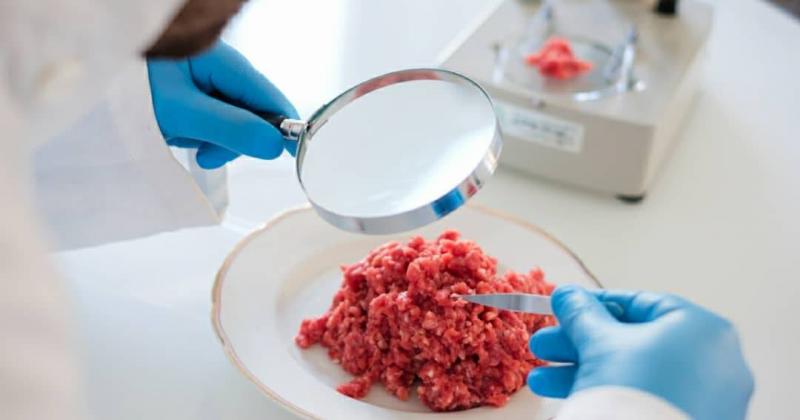When you go to a meat restaurant, the waiter asks how you prefer your meat cooked. Researchers from McMaster University say that soon they might ask how people want their lab-grown steak cooked and what exactly they want. The team has developed a new form of lab-cultivated meat, claiming it tastes and feels more natural than other alternative meats.
According to the scientists, their production is not only about making their alternative meats closer to "real meat," but they also found in their study that this new approach allows consumers to get the exact amount of fat content, texture, and flavor they desire in their alternative steak. The study's lead researcher, Ravi Selvaganapathy, states, "We are creating meats that allow users to purchase the meats they choose based on fat content, just as they do when buying milk."
### How is Lab-Cultivated Meat Made?
Selvaganapathy and Alireza Shahin-Shams Abadi, both from McMaster University’s Biomedical Engineering department, developed a method to create lab-cultivated meat by stacking thin sheets of muscle and fat cells together. Notably, this technique is considered a new advancement in the way scientists cultivate tissues for human organ transplants.
In fact, these sheets derived from living cells are as thin as printer paper and are initially grown in a lab dish until they develop in suitable lab conditions. From there, the researchers remove and assemble them together, with Selvaganapathy noting that these fine tissues naturally bind together before the cells begin to die. The research team also claims that their specific adjusting process gives their meat alternatives an edge over other products.
### The Real Feel, Taste, and Smell of Meat
The researchers tested the process of making meat using cells taken from mice, and although they had never cooked or tasted "mouse meat" before, the team eventually cooked and sampled lab-grown meat from rabbit cells. Selvaganapathy reports, "It felt and tasted similar to real meat." Furthermore, the authors of the study see no reason to doubt that their process will succeed in cultivating beef, pork, or chicken in the future, adding that their stacking model will also work in large-scale production.
### A Viable Alternative to Prevent Resource Shortage
Both Selvaganapathy and Shahin-Shams Abadi state that the global meat supply crisis inspired them to consider cultivating alternative food sources. The duo points out that current demand for meat puts pressure on land and water resources and contributes to the rising concentration of greenhouse gases and global warming. Selvaganapathy emphasizes that natural meat production is currently unsustainable, and there must be an alternative method for producing meat in the near future.




